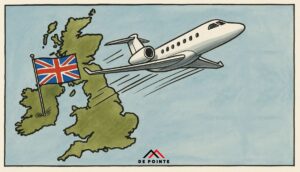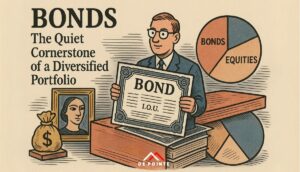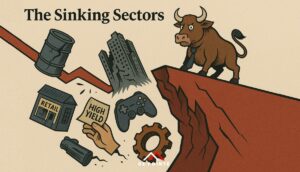Article
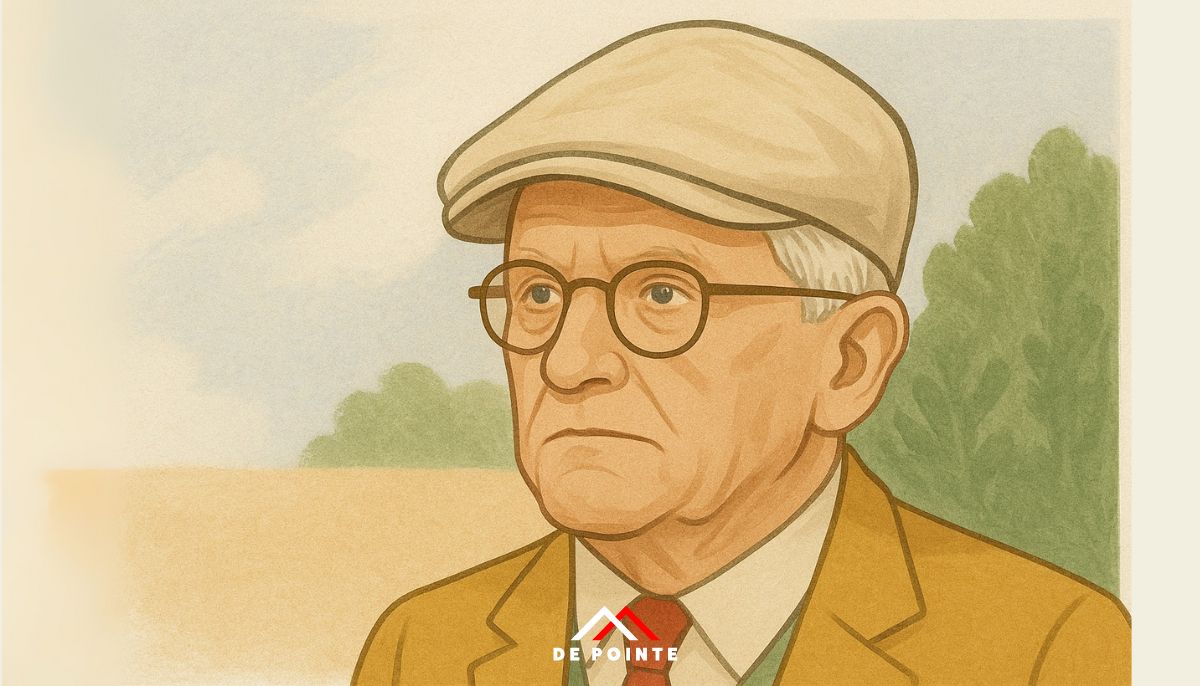
When considering blue-chip artists for portfolio diversification, few names command as much confidence as David Hockney. The Yorkshire-born painter, draughtsman, printmaker, photographer, and digital innovator has not only shaped the trajectory of postwar British art but has also become a symbol of long-term value in the global art market.
Collectors and investors alike are drawn to Hockney for more than just the vibrancy of his colour palette or the psychological depth of his portraits. His art is rooted in an academic pedigree, strengthened by institutional validation, and driven by continuous innovation – making David Hockney one of the most investable artists in the market.
Academic and Institutional Validation
Hockney’s career was forged through classical training and institutional recognition. He studied at the prestigious Royal College of Art (RCA) in London, graduating in 1962 alongside contemporaries such as R.B. Kitaj and Allen Jones. His student work was so extraordinary that the RCA had to adjust its regulations so Hockney could graduate despite refusing to complete the written element of his final submission. This early display of integrity and commitment to his artistic vision set the tone for a lifetime of innovation.
Since then, his work has been acquired by major institutions, including Tate Britain, The Museum of Modern Art (MoMA) in New York, The Getty Museum, and the Centre Pompidou in Paris. This level of institutional collection affirms Hockney’s credibility and legacy, reinforcing his position as an essential name in any serious art investor’s portfolio.
Auction Records and Market Strength
The market for David Hockney’s work reached new heights in 2018 when his iconic Portrait of an Artist (Pool with Two Figures) sold at Christie’s for a staggering $90.3 million, setting a new record for a living artist at the time. This sale wasn’t a fluke but a public affirmation of Hockney’s place among the most desirable and bankable names in contemporary art.
Even more significant is the consistency of demand across different price levels. While major paintings attract top-tier collectors and institutions, Hockney’s prints, drawings, and photographic collages provide entry points for new investors. Lithographs and etchings from his earlier series often trade in the five- to six-figure range, offering liquidity and appreciation potential for mid-level investors.
His work frequently appears in renowned evening sales at Sotheby’s, Christie’s, and Phillips and consistently performs above high estimates – a sign of deep, competitive market demand.
Cultural and Cross-Generational Relevance
David Hockney’s influence spans over six decades, yet he remains strikingly contemporary. From his early depictions of California swimming pools and double portraits to his iPad paintings and immersive digital landscapes, Hockney continues to evolve with technology and trends while staying true to his artistic voice.
His unique ability to reinvent himself and embrace new media keeps him relevant to younger collectors, art historians, and curators. At the same time, his body of work offers nostalgia and refinement that appeal to more traditional connoisseurs. This rare cross-generational appeal ensures a resilient and growing market.
In recent years, Hockney’s digital work – particularly his iPad drawings – has become highly sought after. As the art world increasingly accepts and values digital creation, Hockney’s foresight in this space positions him well within both traditional and emerging collector markets.
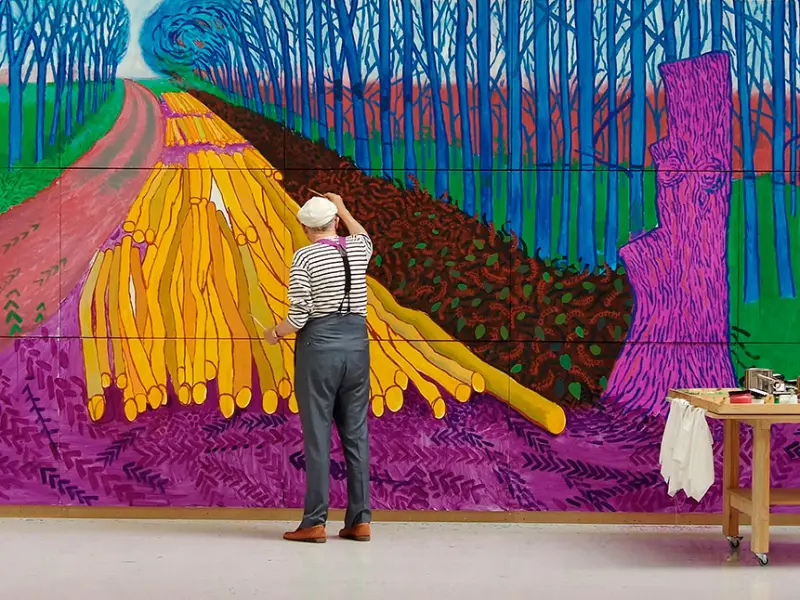
Scarcity and Longevity
While Hockney has produced a large and diverse body of work, certain periods – such as his 1960s California scenes or 2000s Yorkshire landscapes – are limited in number and increasingly difficult to acquire. As with any finite asset, scarcity drives value, especially when the artist is living and still making headlines.
Moreover, Hockney’s longevity is remarkable. At over 85 years old, he remains active and productive. This ongoing engagement with the art world not only contributes to his legacy but also ensures that his market remains liquid and high-profile. In investment terms, this is rare: an artist who is both canonised and contemporary.
A Resilient Hedge in an Uncertain Economy
In an era where market volatility, inflation, and geopolitical uncertainty are top-of-mind, tangible assets like fine art have become increasingly attractive. Art – especially work by blue-chip artists like David Hockney-acts as both a store of value and a potential source of capital growth.
The Knight Frank Luxury Investment Index has repeatedly ranked art as one of the best-performing alternative investments. Hockney, with his established market and institutional support, sits at the pinnacle of this asset class.
The Case for David Hockney
At De Pointe Research, we specialise in identifying opportunities in tangible alternative investments – assets that offer both performance and preservation. David Hockney meets every criterion we consider for investable art:
- Validated by world-class institutions
- Consistent and growing market demand
- Broad collector base across generations
- A diversified body of work with both liquidity and scarcity
- Strong long-term returns compared to traditional assets
While David Hockney isn’t a feasible prospect for many of our subscribers, seeking out artists with a similar CV could lead to the same success.
Learn More About Art Investment
Art is more than decoration – it’s diversification. If you’re interested in learning how to begin or expand your collection with guidance from professionals, we’re here to help.
Talk to our experts at De Pointe Research and discover how art can become a powerful pillar in your portfolio.


